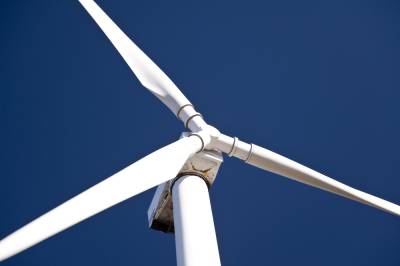 The last 12 months have seen the unraveling of many Round 3 offshore UK windfarm plans. Both Vattenfall and RWE, although they are still committed to some major successful projects, have decided to curtail their future spending on renewables (mostly wind) by nearly half. RWE pulled out of the Atlantic Array. Others have scaled back the size and/or number of planned projects in light of a sluggish political / consenting process and strong opposition from environmentalists. Even the enticement of huge subsidies (for example, from the European Investment Bank, or EIB) can only tie up capital and business plans for so long.
The last 12 months have seen the unraveling of many Round 3 offshore UK windfarm plans. Both Vattenfall and RWE, although they are still committed to some major successful projects, have decided to curtail their future spending on renewables (mostly wind) by nearly half. RWE pulled out of the Atlantic Array. Others have scaled back the size and/or number of planned projects in light of a sluggish political / consenting process and strong opposition from environmentalists. Even the enticement of huge subsidies (for example, from the European Investment Bank, or EIB) can only tie up capital and business plans for so long.
The success or failure of these offshore wind projects hinges on savvy supply chain planning and management, which can reduce investment cost by 13% without trying hard, and by more than 20% when push comes to shove. The “supply chain” delta can be the difference between a loss-making project and a profitable one. Siemens understands this well. It has developed a well-crafted modularization program that can extend from the owner through the WTG supplier through to component and maintenance suppliers. But an optimal supply chain strategy involves more than modularization. Supply chain thinking should have already entered into the decision to invest in the project in the first place, since the costs, benefits, and risks of supply chain decisions are integral to the program’s cost and financial results. Strategic supply chain planning should dictate how many phases there should be and how large each one should be; how to stage and organize the engineering, construction, and procurement of key equipment in each stage and across all the stages; how to choose key suppliers and how and when to align with them; whether to bundle procurement together into large modules or split it up into small chunks; whether to insource or outsource various facets of operation and maintenance; and when to commit to contracts and incur financial milestones.
While it may be too late for projects that already been cancelled, E.on, Forewind (Dogger Bank), EDF/Eneco (Navitus Bay), SSE, Scottish Power, and Blackstone (Nordlicher Grund) may want to get an outside expert’s opinion on how much can be saved by optimizing the supply chains of projects that are currently being downsized or are at risk of being cancelled in the future.
